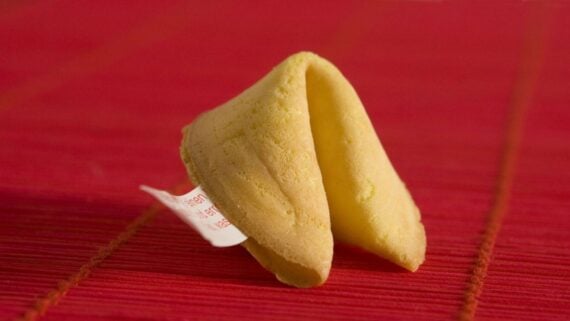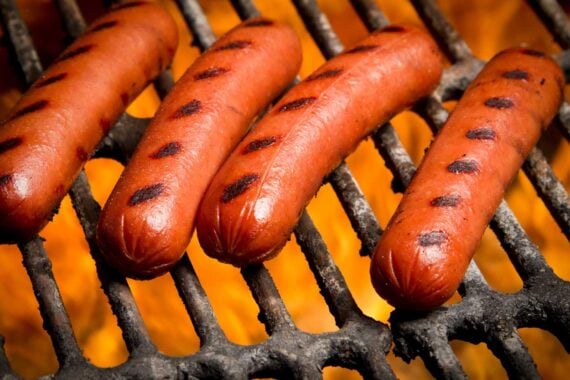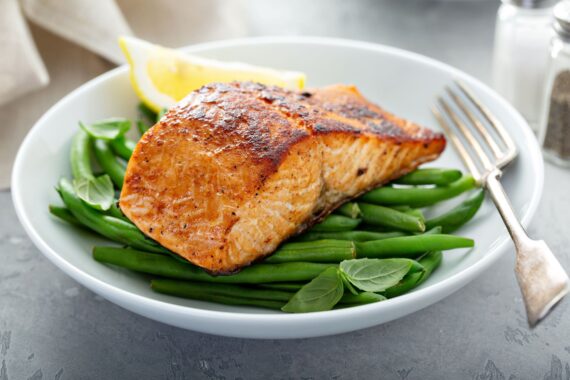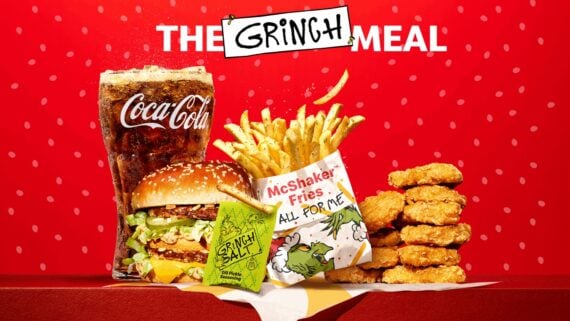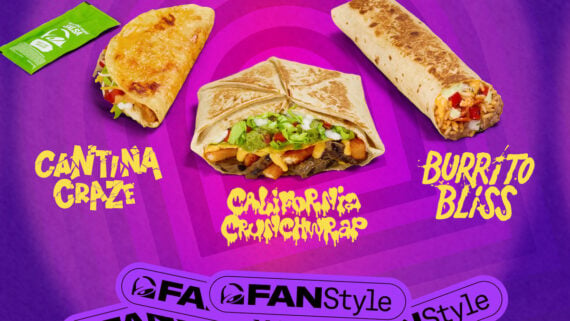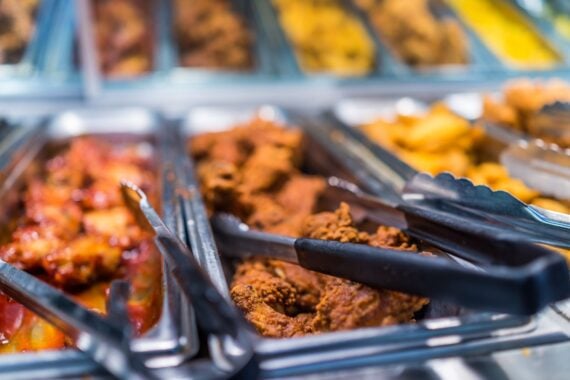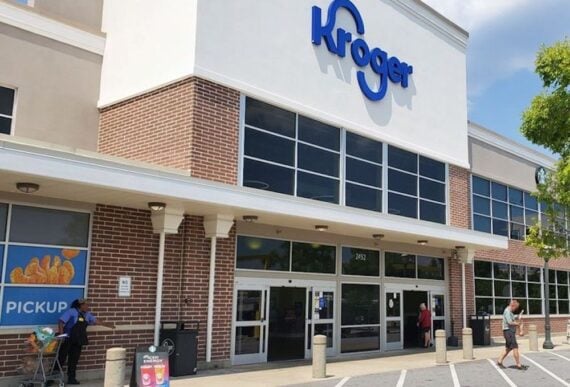You’ve heard the saying “as American as apple pie” a thousand times. Maybe even “as American as a hot dog,” but “as American as a chimichanga” deserves a spot in the lineup too, because that’s a pretty iconic American food as well. Plenty of the foods we assume came from somewhere else— fortune cookies, California rolls—were actually born right here in America. Here’s the story behind 12 popular foods invented in America.
Chimichanga
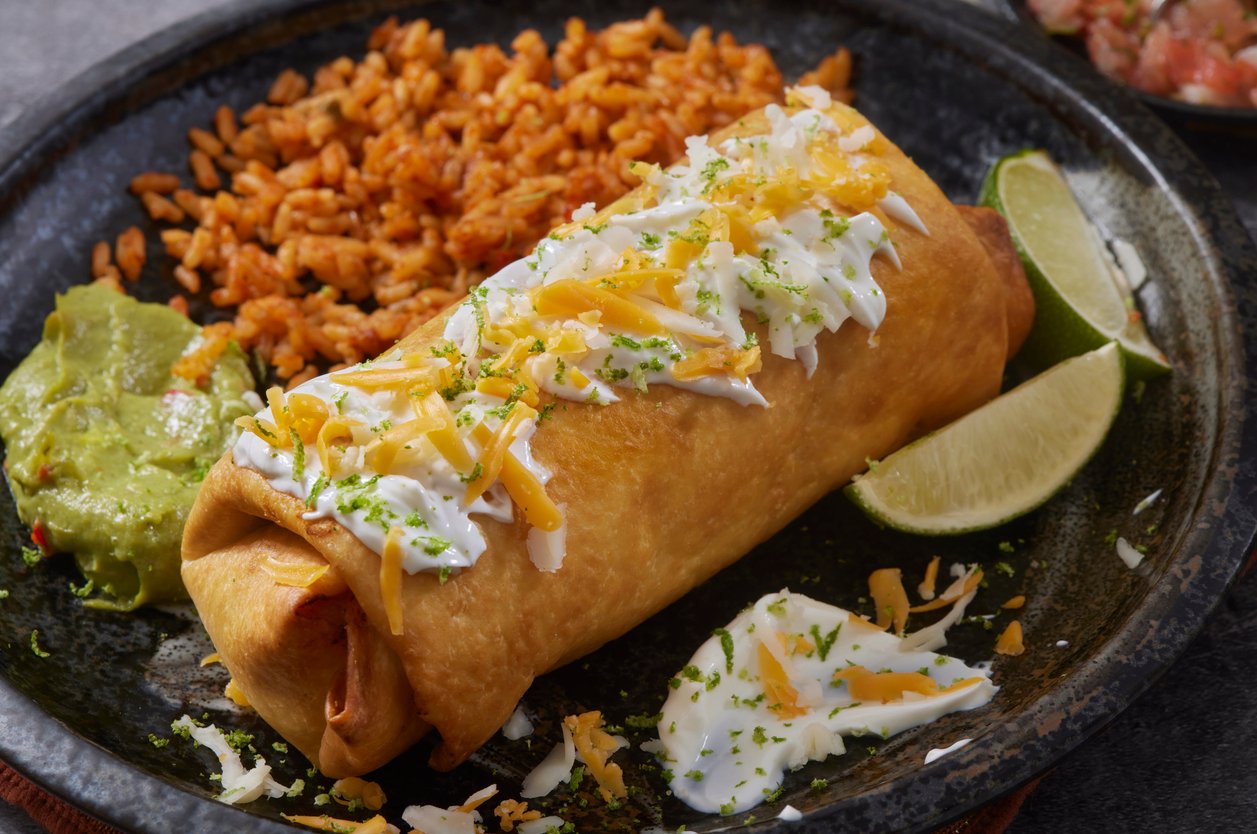
Chimichanga sounds Spanish enough, but no one in Mexico was stuffing burritos into fryers when the dish originated — that’s more of an American invention. Like most good food stories, the chimichanga was born out of panic and hot oil, and more than one restaurant claims credit for its creation. One version says that sometime in the 1920s, Monica Flin, owner of Tucson’s historic El Charro Café, accidentally dropped a burrito into a vat of bubbling oil. She was about to go medieval, but caught herself mid-curse and replaced a Spanish expletive with “chimichanga,” a nonsense word that somehow stuck.
Flin’s story isn’t the only one. Phoenix-based Macayo’s Mexican Kitchen insists that its founder, Woody Johnson, invented the fried burrito around 1946 — also by accident — while experimenting with ways to repurpose leftovers. No matter who the real inventor was, the burrito stuffed with meat, beans, and cheese, rolled tight, and deep-fried was undeniably created north of the Rio Grande.
General Tso’s Chicken
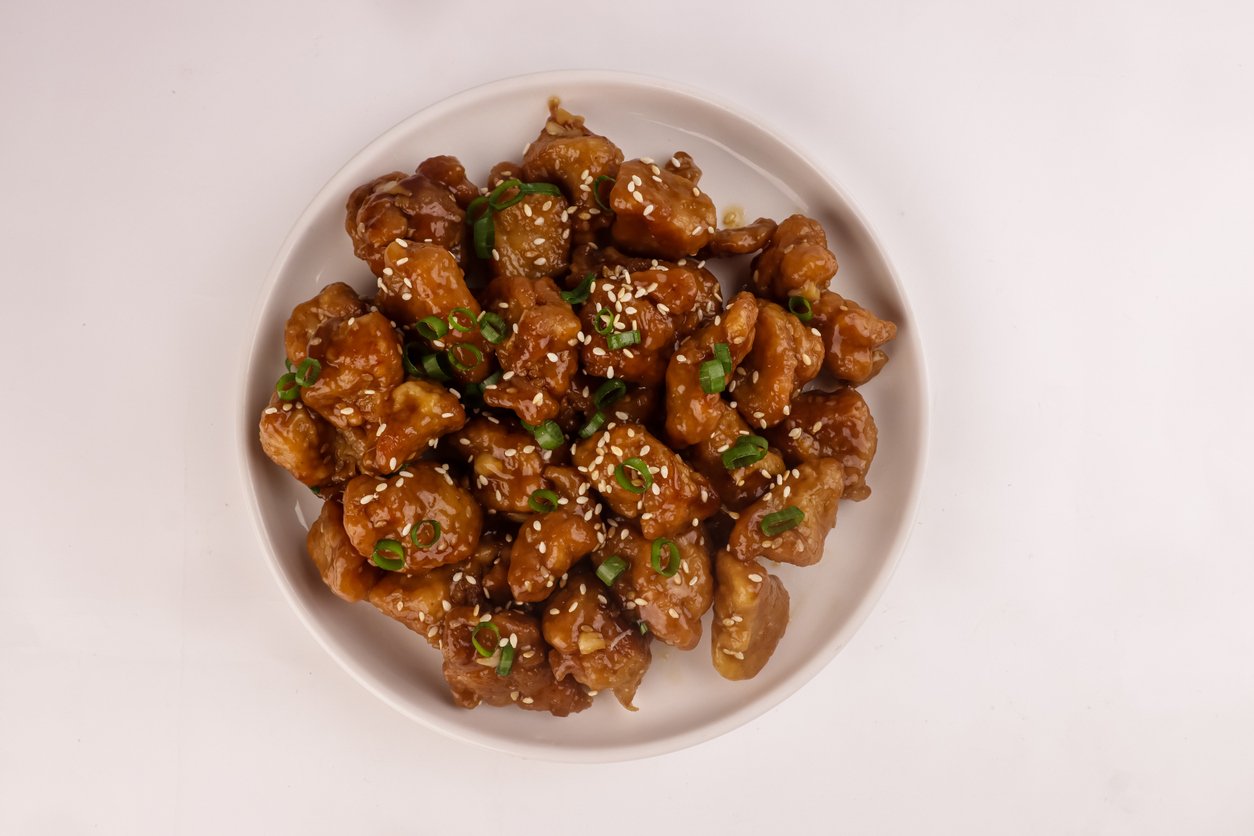
For a man who never tasted the dish named after him, General Tso has done surprisingly well for himself. The sweet, sticky, deep-fried chicken coated in a glossy brown sauce has been called “Chinese” by everyone except the Chinese. The real General Zuo Zongtang was a 19th-century Hunan military leader who was busy unifying provinces, and one assumes he didn’t have time to invent takeout.
The dish was invented in New York City in the early 1970s by Peng Chang-kuei, a chef trained in Hunan cuisine. Peng had once cooked for Chinese government banquets before fleeing to Taiwan after the Chinese Civil War, where he developed a spicy chicken dish using traditional Hunan techniques—dry frying, soy sauce, vinegar, ginger, and chili — but without sweetness. When Peng opened Peng’s Restaurant on East 44th Street in Manhattan in 1973, he adjusted the recipe to suit American palates. He replaced the intense heat with sugar, thickened the sauce into a syrupy glaze, and added deep-fried chicken chunks instead of lightly sautéed pieces. The dish was named after General Zuo Zongtang.
Spaghetti and Meatballs
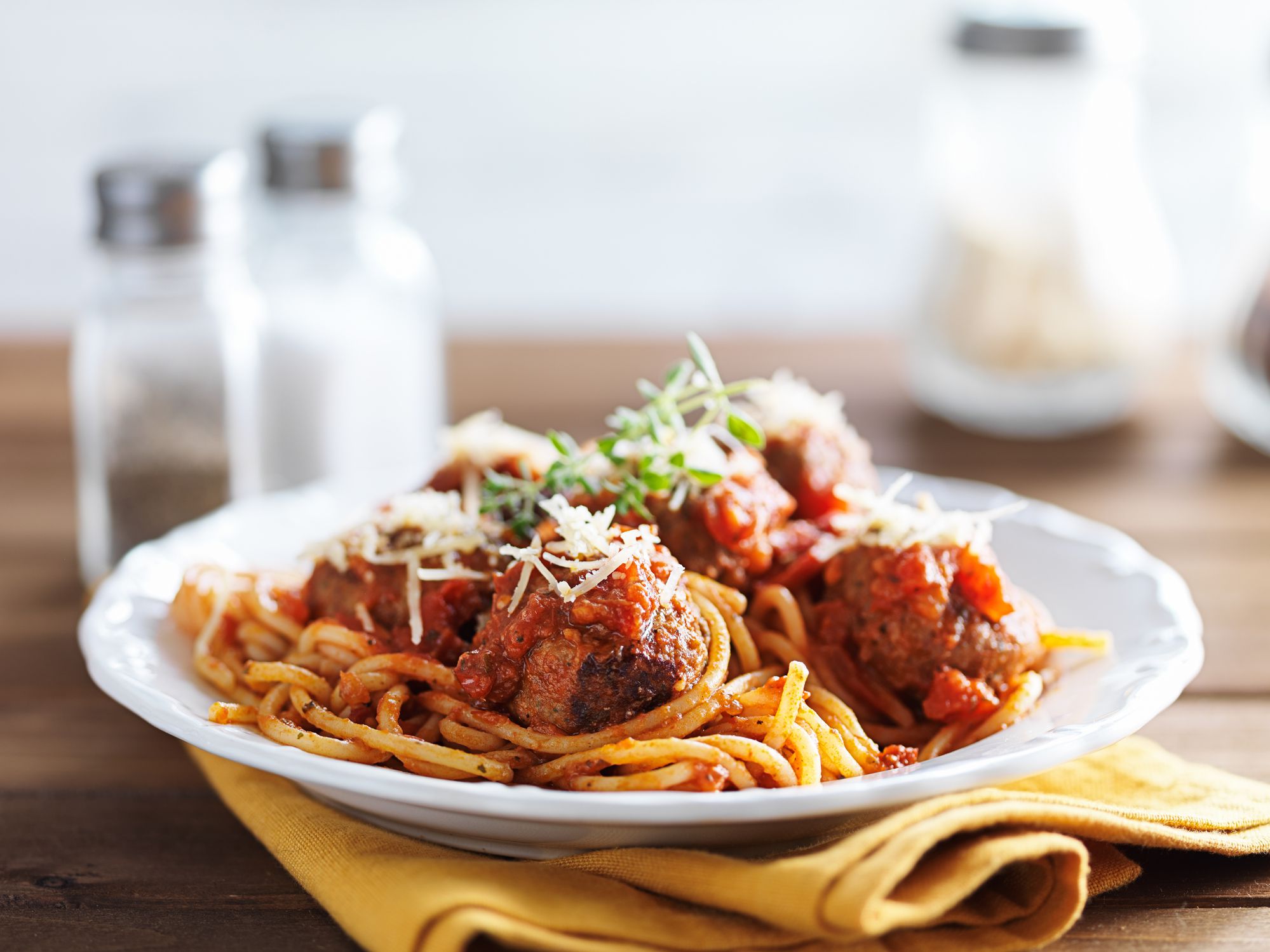
If you order spaghetti and meatballs in Italy—the boot-shaped country, not Little Italy in New Jersey—expect to hear something that rhymes with papanculo. The dish doesn’t exist there. In traditional Italian cuisine, pasta and meat are typically served as separate courses. Italians do eat meatballs (known as polpette), but they are typically served on their own, usually as a second course.
In the U.S., around the early 1900s, when Italian immigrants arrived, they found that meat — a luxury in their homeland — was cheap and plentiful. So they stretched it with breadcrumbs, garlic, and eggs, formed it into larger portions, and paired it with pasta and tomato sauce. The pairing stuck and now you can find spaghetti and meatballs on menus at Italian restaurants across America.
Chop Suey
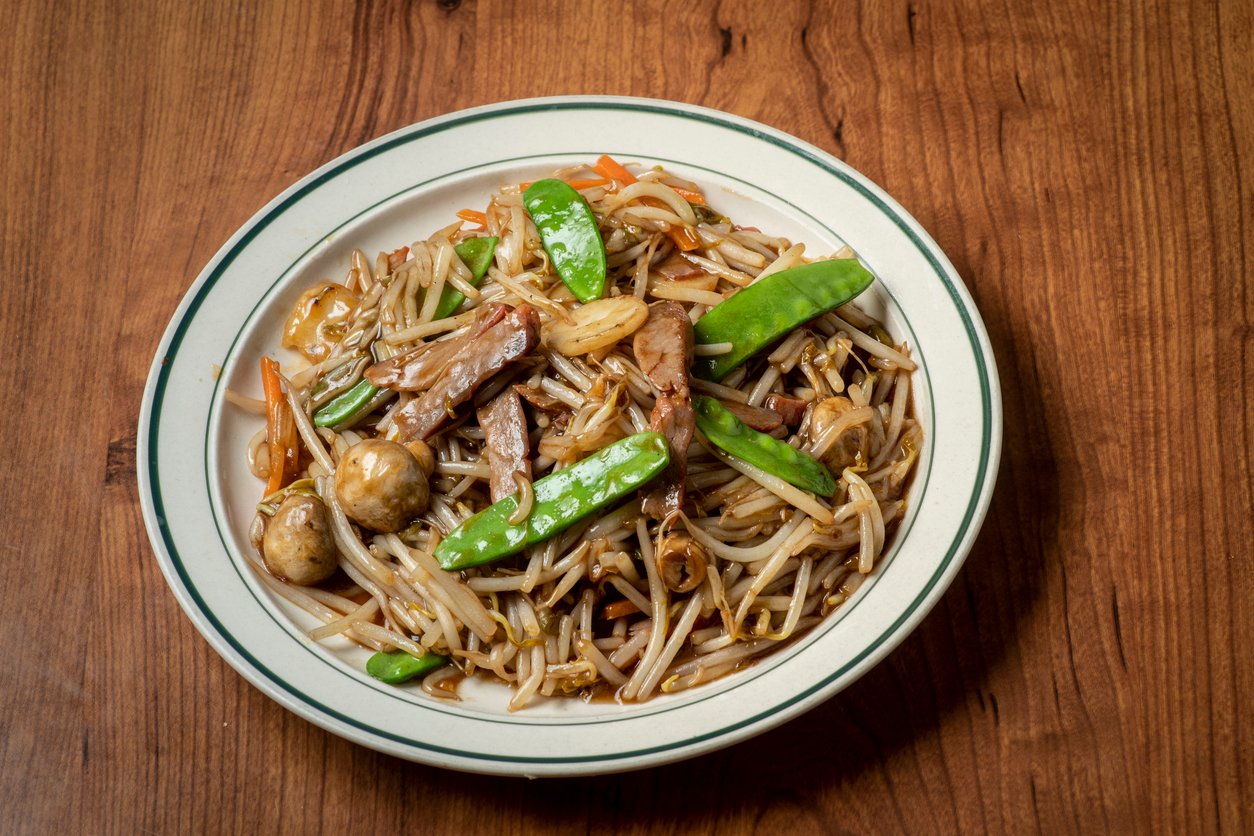
Chop suey translates to “mixed bits,” which is precisely what it is — a jumble of meat, bean sprouts, and vegetables tossed in a glossy sauce and served over rice. It’s not elegant, and it’s not Chinese, but it is immigrant pragmatism in a wok.
Most stories trace the dish to San Francisco in the late 1800s, when Chinese cooks working near the railroads started tossing leftover meat and vegetables into a wok to feed miners after hours. The resulting mix—sauce, scraps, and survival—caught on fast.
A competing claim suggests that it was invented in New York during a diplomat’s visit, but that version is likely a fabrication to give the dish a fancier name than it actually has.
By the early 20th century, “chop suey houses” had taken over American cities.
Fortune Cookies

Fortune cookies may be the most successful case of mistaken identity in food history. You’ll get them after every Chinese meal in America, yet no one in China eats them—or even knows what they are. Depending on which city you ask, fortune cookies are either a San Francisco or Los Angeles invention.
In San Francisco, Japanese immigrant Makoto Hagiwara, manager of the Japanese Tea Garden in Golden Gate Park, was serving small folded cookies with thank-you notes inside as early as 1914. In Los Angeles, Chinese immigrant David Jung, founder of the Hong Kong Noodle Company, was handing out similar cookies with Bible verses to the poor around 1918. Japanese confectioner Fugetsu-do in L.A.’s Little Tokyo also lays claim to the invention. They all insist they got there first, and both probably have a point.
The cookies were originally Japanese, modeled after tsujiura senbei, a Kyoto-style cracker with fortunes tucked inside. During World War II, when Japanese Americans were sent to internment camps, Chinese bakeries in California took over production—and the cookie quietly changed hands. By the 1950s, fortune cookies had become as standard to Chinese takeout as fried rice.
Trending on Cheapism
California Roll
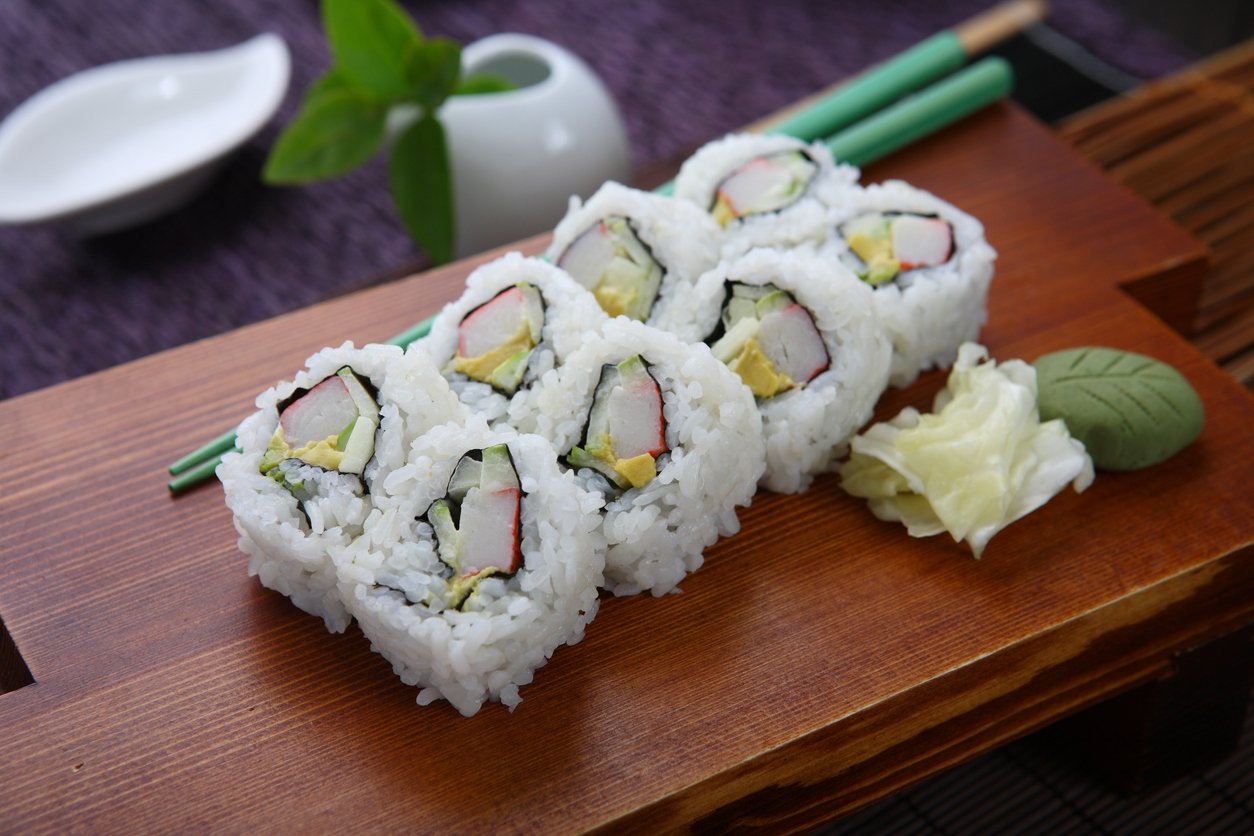
In the 1960s, when sushi started making its way into the American mainstream, raw fish wasn’t exactly a selling point. So a savvy Los Angeles sushi chef named Ichiro Mashita swapped out raw tuna for avocado, used imitation crab for texture, and flipped the roll inside out so the rice, not the seaweed, showed on the outside.
Mashita worked at Tokyo Kaikan, a Japanese restaurant in L.A.’s Little Tokyo district that catered to Hollywood regulars. His creation caught on fast and quietly rewired the American palate.
Cioppino
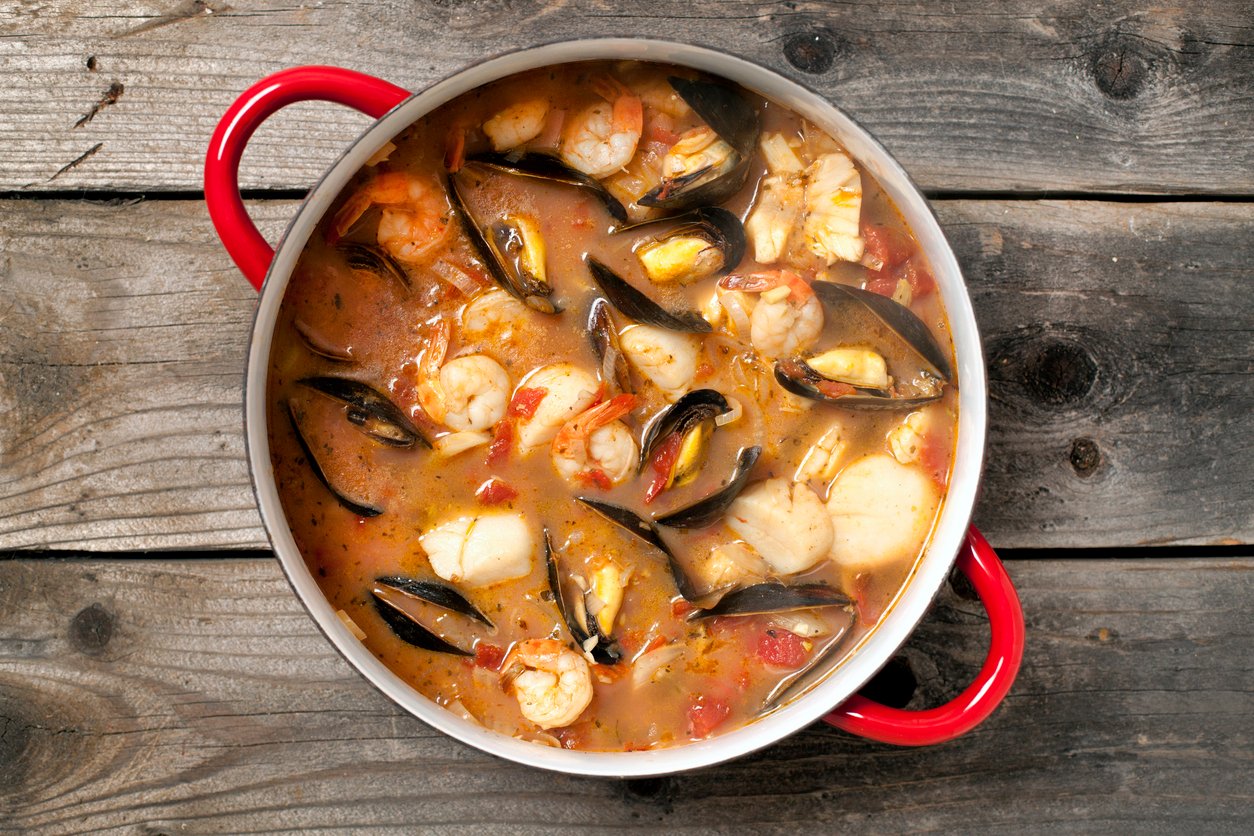
Cioppino sounds like a small village in Tuscany, but it’s actually a fish stew invented in San Francisco — so what are words, anyway? The dish came together in the late 1800s, when Italian fishermen on the Bay started tossing their leftover catch into one pot with tomatoes, garlic, onions, and wine. Whatever they had — crab, shrimp, clams, scraps of fish — went in and made for a hearty meal perfect for eating with a torn piece of sourdough.
The name supposedly came from the call to “chip in,” shouted across the docks when someone returned empty-handed. Some say it’s a folksy story, but it’s cute, and we choose to believe it. However, food historians now point to the Genoese dialect word ciuppin, which refers to a similar fish soup made along Italy’s Ligurian coast. When the fishermen brought that tradition to San Francisco, they adapted it to what the Pacific had to offer — and added a few local twists, including the addition of chili peppers.
Fajitas
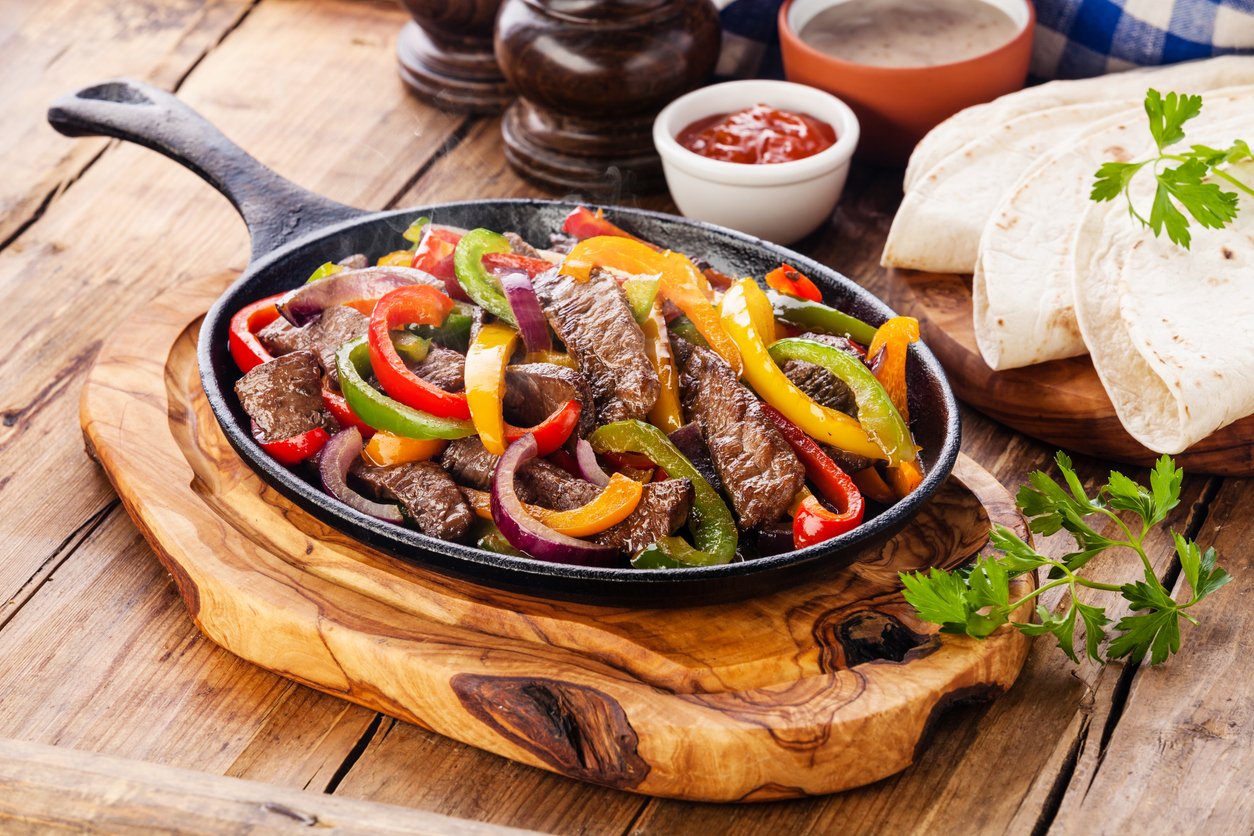
Fajitas are as Mexican as apple pie. The word fajita means “little strip,” referring to the cut of meat once used: skirt steak. In the 1930s and 1940s, Mexican ranch hands and Tejano workers in South Texas were given these inexpensive cuts as part of their wages. They marinated the meat with lime, grilled it over an open fire, and wrapped it in tortillas.
For years, fajitas were ranch food until 1969, when a man named Sonny Falcon started selling them at a Texas festival.
Sign up for our newsletter
German Chocolate Cake
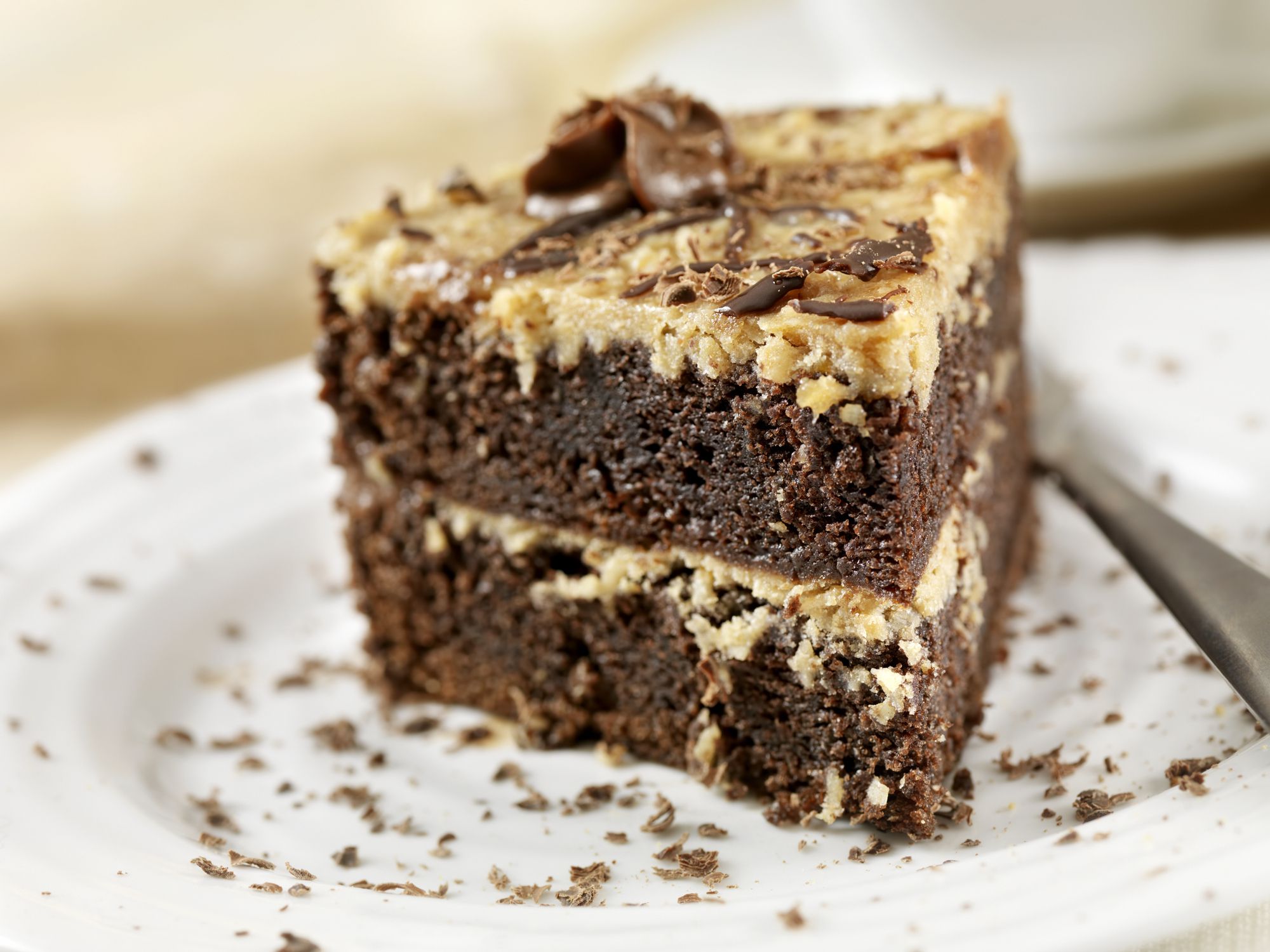
German Chocolate Cake sounds imported, but it’s as American as the state fair. The confusion is innocent enough — the “German” part doesn’t refer to the country but to a man named Samuel German, an English-born baker who created a sweet baking chocolate for Baker’s Chocolate Company back in 1852. About a hundred years later, a Texas homemaker used that same chocolate in a layered cake topped with a rich coconut-pecan frosting.
Her recipe was published in The Dallas Morning News in 1957, credited to “Mrs. George Clay,” and it spread like wildfire. Baker’s Chocolate saw an opportunity and promoted the dessert everywhere. Sales of their “German’s Sweet Chocolate” exploded, and at some point, the apostrophe disappeared.
English Muffins
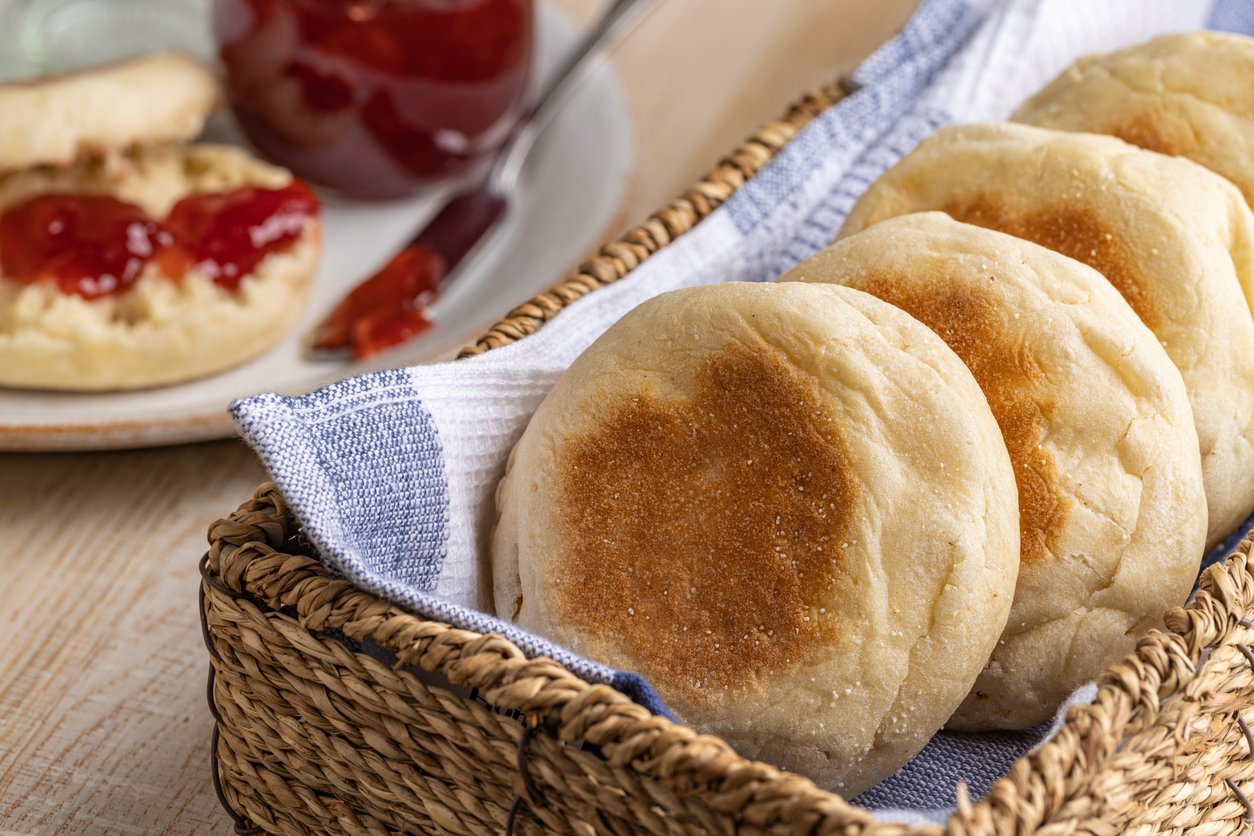
The English muffin isn’t English, innit? It was invented in New York City by Samuel Bath Thomas, a British immigrant who started baking them in the 1880s. He called them “toaster crumpets,” a lighter version of what he knew from home. Instead of baking them in an oven, he cooked them on a griddle, which created that airy texture and the “nooks and crannies.” Americans ate them up—and Thomas branded them as “English muffins,” and another classic got away with a fake accent.
French Dip Sandwich
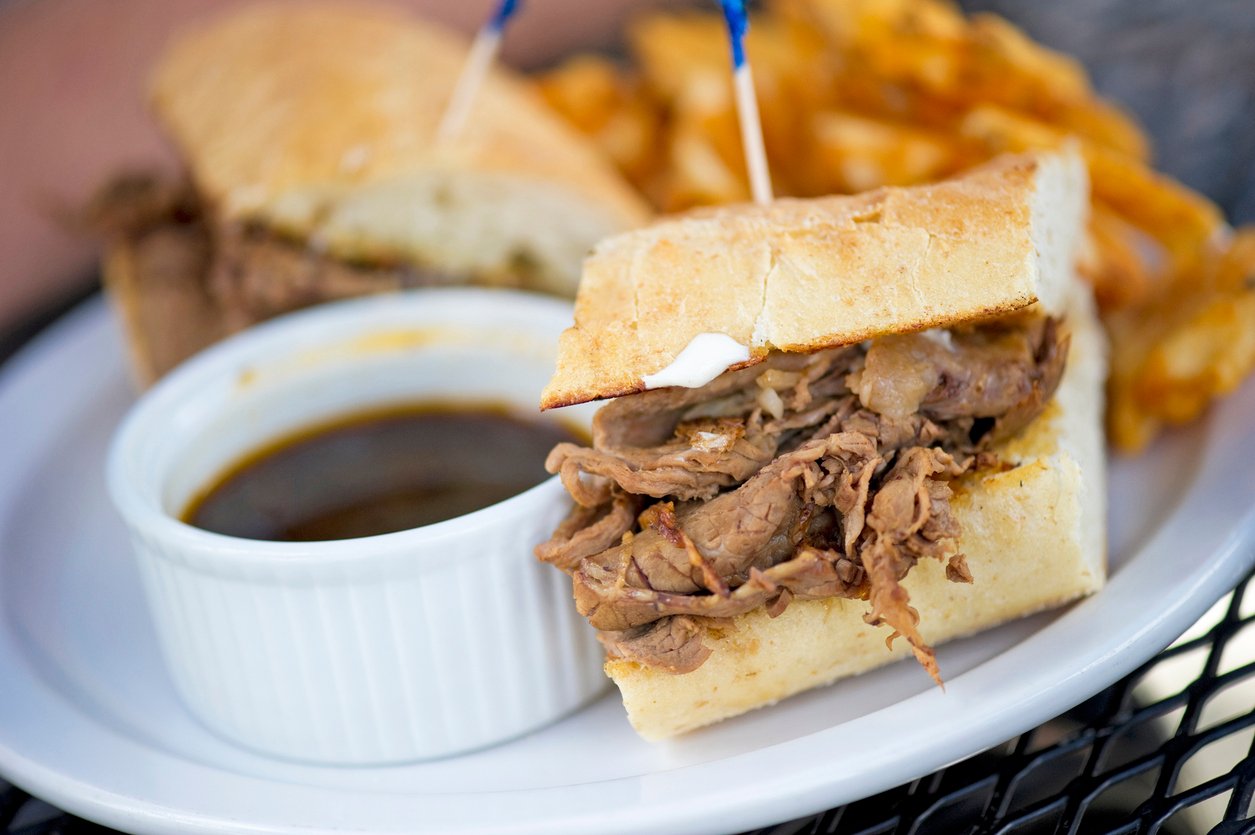
Here we have another food named after a country that had absolutely nothing to do with it. The French Dip was created in a sandwich shop called Philippe the Original in Los Angeles in the early 1900s, and it’s still open today. The owner, Philippe Mathieu, accidentally dropped a sliced French roll into a pan of hot beef drippings while making a roast beef sandwich. The customer decided to take it anyway—and liked it even better that way.
Philippe started serving sandwiches “dipped” in the pan juices on purpose, and it quickly became the shop’s signature item. Another restaurant, Cole’s Pacific Electric Buffet, claims it invented it first, and the two have been arguing about it for more than a century.
Chili Con Carne
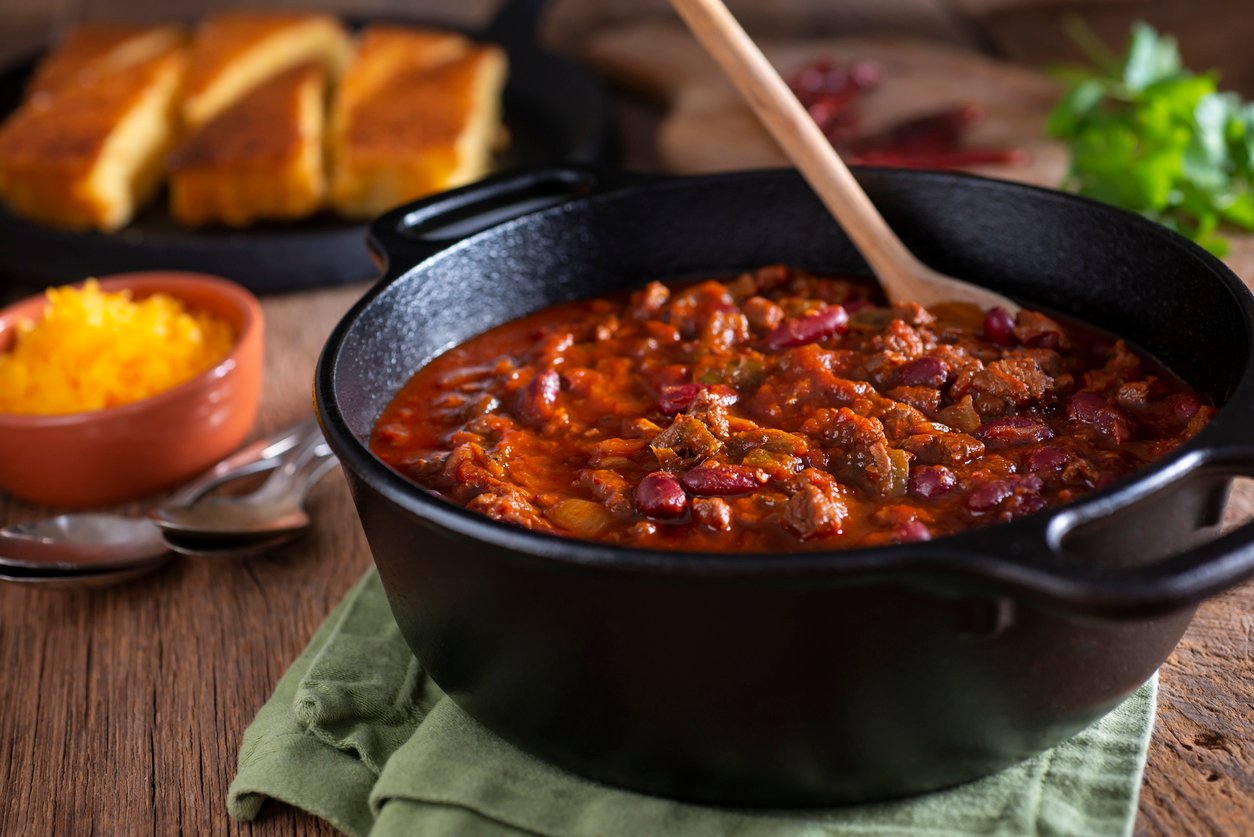
Chili con carne might sound like it came from Mexico, but it started in Texas. The name means “chili with meat,” which is about as straightforward as it gets. The first versions showed up in San Antonio in the 1800s, sold by women known as “chili queens,” who served bowls of spiced beef stew to soldiers, travelers, and anyone passing through.
Their chili was bare bones, made of beef, chilies, garlic, maybe a little cumin, but definitely no beans. It was meant to feed a crowd and keep well in the heat. From there, the dish spread across the country and turned into a dozen regional styles.
More Fun Food History From Cheapism
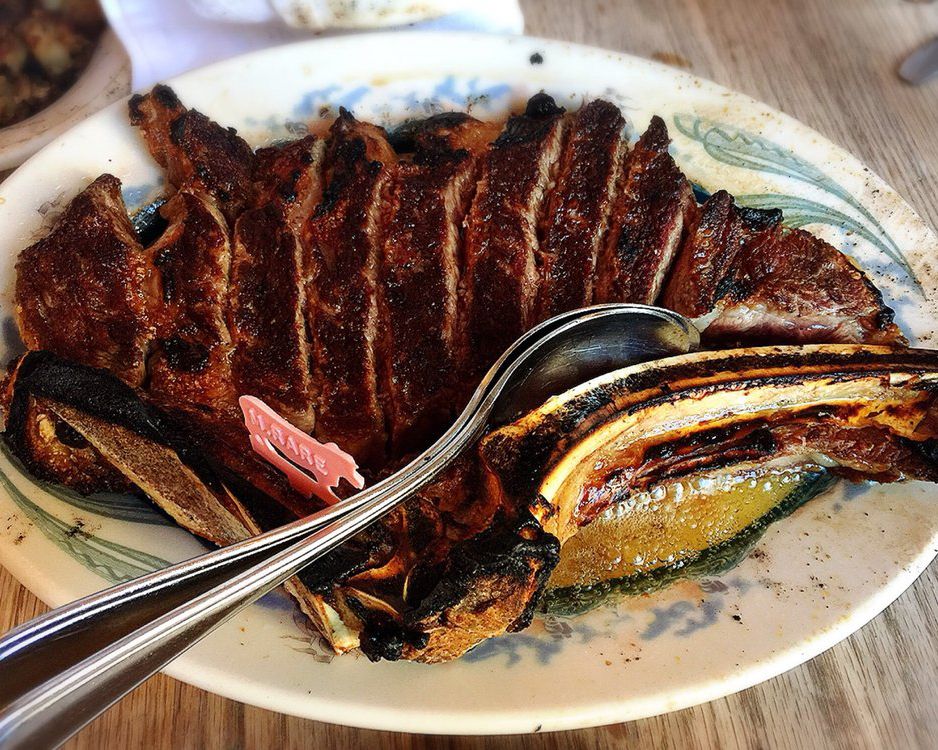
- 26 Eateries That Are Famous for One Amazing Dish —Whether you’re looking for steak, pizza, barbecue, Mexican, or specialties such as toasted ravioli or po’ boys, here’s where to find some of America’s most iconic dishes.
- The True Origins of 18 Classic ‘American’ Foods — Many “American” foods like apple pie originated elsewhere. Discover the history of these popular American staples, from popcorn to the PB&J.
- 17 Legendary Restaurant Rivalries Across America — We’ve tracked down some of the nation’s most well-known food feuds, and now there’s just one question: Which side are you on?
.
